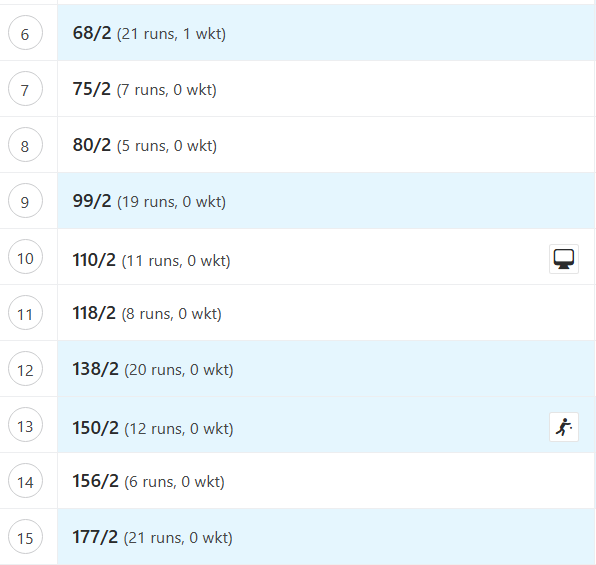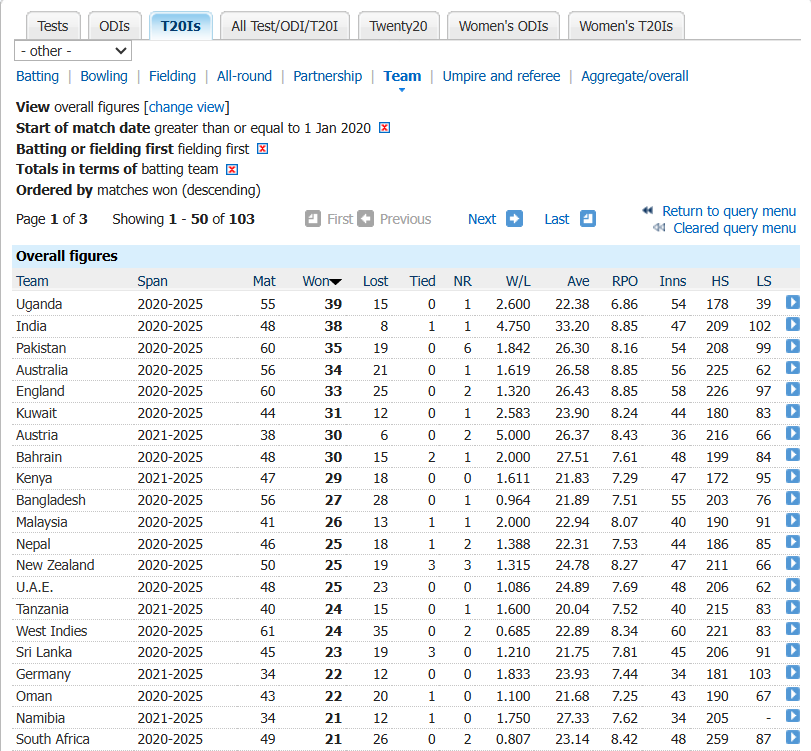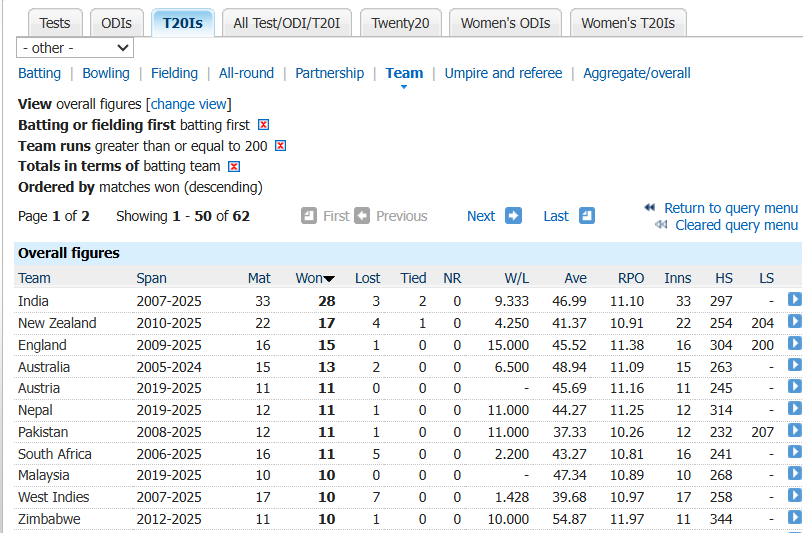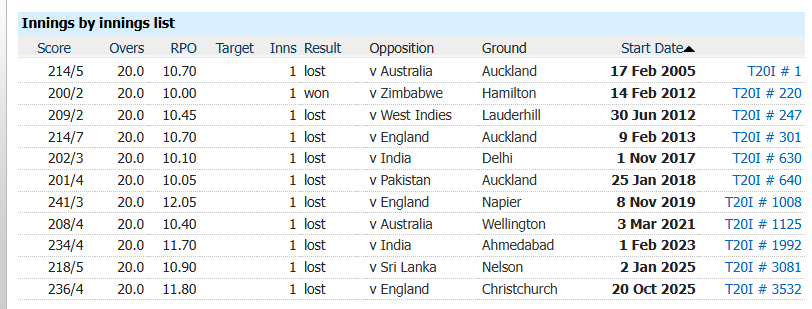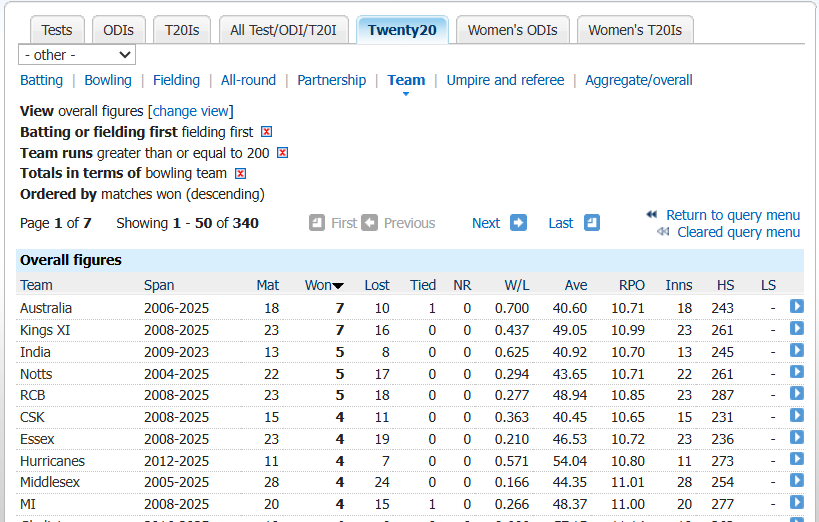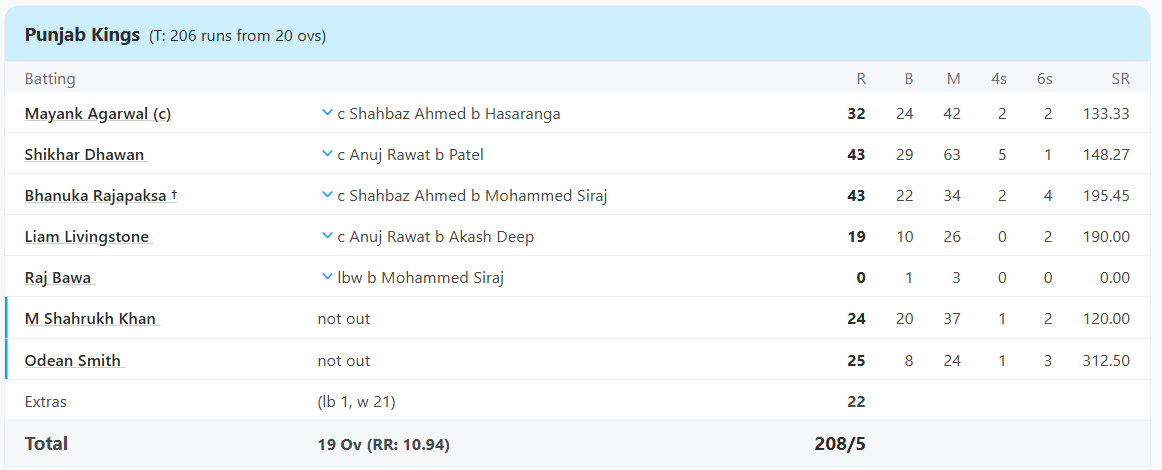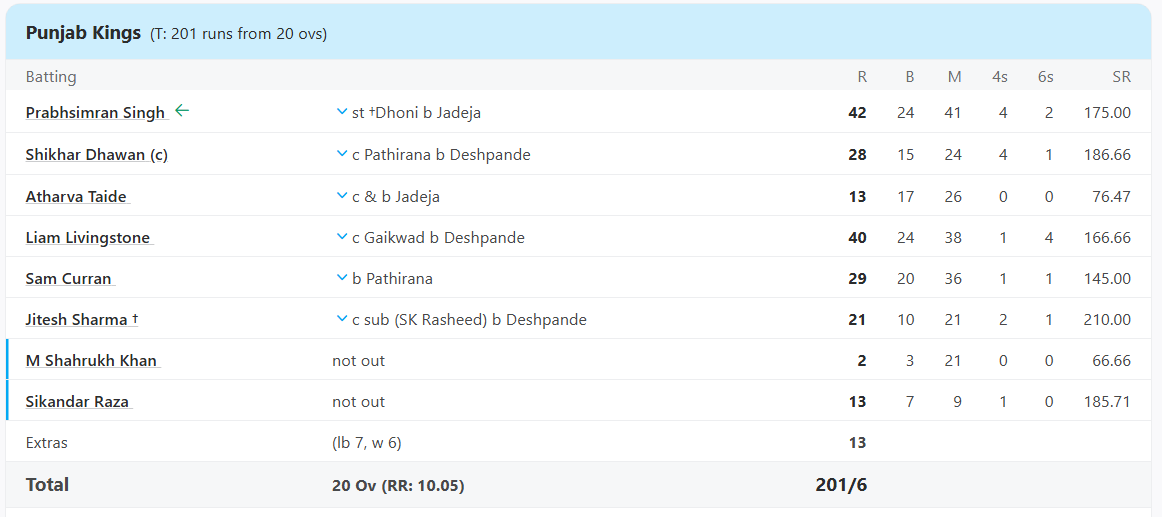Dropped Catches Cost Black Caps In Thumping Loss To England In Second T20
Plus, New Zealand's statistical struggles chasing 200+.
Dropped catches and poor bowling throughout the middle overs cost the Black Caps in the second T20, as England put on a hitting masterclass on their way to a record score of 236 at Hagley Oval.
The Black Caps didn’t start too poorly, on a notably flatter, more batting-friendly pitch than for the first T20, having England 1/37 after four overs.
However, in the fifth over, Tim Seifert dropped a skier off Jacob Duffy’s bowling to give Jacob Bethell a life on 7 (5) at the time. Seifert overran the ball in a seemingly tricky breeze, to be fair to him, ultimately attempting to double back but leaving himself too much work and desperately sticking a glove out in a vain attempt. Bethell went on to hit a four off Duffy to rub salt in the wound, followed by two sixes in the final over of the powerplay off Michael Bracewell, before Bracewell ultimately dismissed Bethell for 24 (12) after a miscued pull to Jimmy Neesham at mid-on.
The more costly drop came from Neesham in the thirteenth over with Matt Henry bowling, spilling a relatively simple chance at long-on with Harry Brook on 39* (17) at the time. He went on to more or less double that, scoring 78 (35). There are few worse players to drop, especially given Brook’s brutal Test record against New Zealand.
This is a slight oversimplification, but you could say the drops ‘cost’ the Black Caps 56 runs off 25 balls, or 4.1 overs. Obviously, the other batters would have still scored runs off those balls, but say it was only 35 (25) to newer, unset batters, the Black Caps could have saved 20-25 runs and found themselves only chasing 210-215, which was probably closer to par on this pitch.
It followed on from two drops in the rain-abandoned first game, with Matt Duffy and Tim Robinson both dropping Sam Curran, when he was on 15 (16) and 27 (23), respectively. Curran ultimately scored 49 (35) to take England to a competitive 153.
The other major issue was the Black Caps’ bowling and tactics throughout the middle overs, where the game really got out of hand. Look at this run of overs from 6-15:
There are overs of 21 runs from Bracewell, 19 from Santner, 20 from Neesham, and 21 from Jamieson. Overall, from overs 7-15, the Black Caps conceded 107 runs at 11.88 per over.
I’m not entirely sure the tactics were optimal either, especially bowling five straight overs of spin from Santner and Bracewell between 6 and 10, with two of these being massive overs of 21 and 19. When Jimmy Neesham was brought on in the twelfth over, with Brook on 25 (11) and Salt on 62 (40), it felt more like a last resort than a proactive move, and his sole over was taken for 20.
I wonder if Neesham wouldn’t have been more effective bowling the eighth over, instead of Bracewell, whose first over went for 21, when Brook was still new at the crease on 3 (3)? Or, at least, Neesham might have gotten a slightly easier ride bowling the first over after drinks, which Jamieson bowled instead (well, to be fair).
With the bat, New Zealand were never really in the hunt, except for a faint glimmer of hope when Seifert and Chapman were building a decent partnership of 69 (48), ultimately losing six wickets to spin (four to Rashid and two to Dawson) and managing only 171, losing by 65 runs.
The result again highlighted New Zealand’s relative struggles chasing in T20is. Since 2020, the Black Caps have a 1.6 win/loss ratio in T20s (37/23) when batting first.
This falls slightly, but noticeably, to 1.31 (25/19) when chasing.
This might sound ridiculous initially, but the Black Caps especially struggle in chases of 200+. I know, who doesn’t, right? No international side has a positive W/L record in these games. But New Zealand struggle more than most.
In T20s in which New Zealand sets 200+, they more than hold their own with a 4.25 W/L ratio (17/4), though England, Australia, and India are further ahead again in terms of W/L ratio.
Even then, New Zealand has lost two of their last three games when setting 200+, a mildly concerning trend.
In contrast, when chasing scores of 200+, New Zealand have just 1 win and 10 losses. As I said, no team has a positive W/L ratio. Still, Australia and India come much closer to breaking even than the others, with 7/10 and 5/8 records respectively chasing 200+:
The Black Caps have now lost their last nine consecutive chases of 200+, dating back to 2012.
In contrast, Australia has won three of their last five such chases and India three of their last six. Again, no one is consistently good at chasing 200+, but Australia and India are much better than everyone else, the only two Test-playing nations with a W/L ratio above 0.5 when chasing 200+ in T20is.
If we expand to look at the world of T20 domestic cricket, Kings XI Punjab in the IPL are the team to have won the equal-most games (7) in 200+ chases alongside Australia, though they’ve also had a lot of practice, with 23 such opportunities.
Punjab has a 4-4 record in their last eight chases of 200+, notching one successful chase apiece in the last four seasons. This year, 87* (41) from Shreyas Iyer helped them chase 203 against Mumbai, while in 2024, a Johnny Bairstow hundred with plenty of support saw them chase 261 against KKR.
However, the other two chases in 2023 and 2022 might be the most instructive of the direction of modern T20 cricket, both built upon lots of short, sharp, high-velocity innings of between 19 and 43:
My hypothesis is essentially that, in games where 200+ is par, New Zealand is currently losing the space race, lacking the elite firepower to push those scores to 230-250 and beyond and the skills of Australia and India to chase down totals of 200+, which is increasingly necessary. It’s not an easy thing to fix, but in the brave new world of T20 batting, it might be increasingly essential.
Thanks for reading! Like my work? Please consider supporting me via a paid subscription or Buy Me A Coffee. For more info on how your support helps me produce this work and what your contributions go towards, see my About Page!
Like my work, but not that much? Fair enough! If you still want to support me, the best thing you can do is share this article far and wide: whether that’s with friends and family, teammates at your local club, on Reddit, or in your obscure cricketing discord server, I cannot emphasise enough how helpful every single share is.
Just keen to continue reading about cricket? No worries! If you liked this article, I think you might also enjoy:




